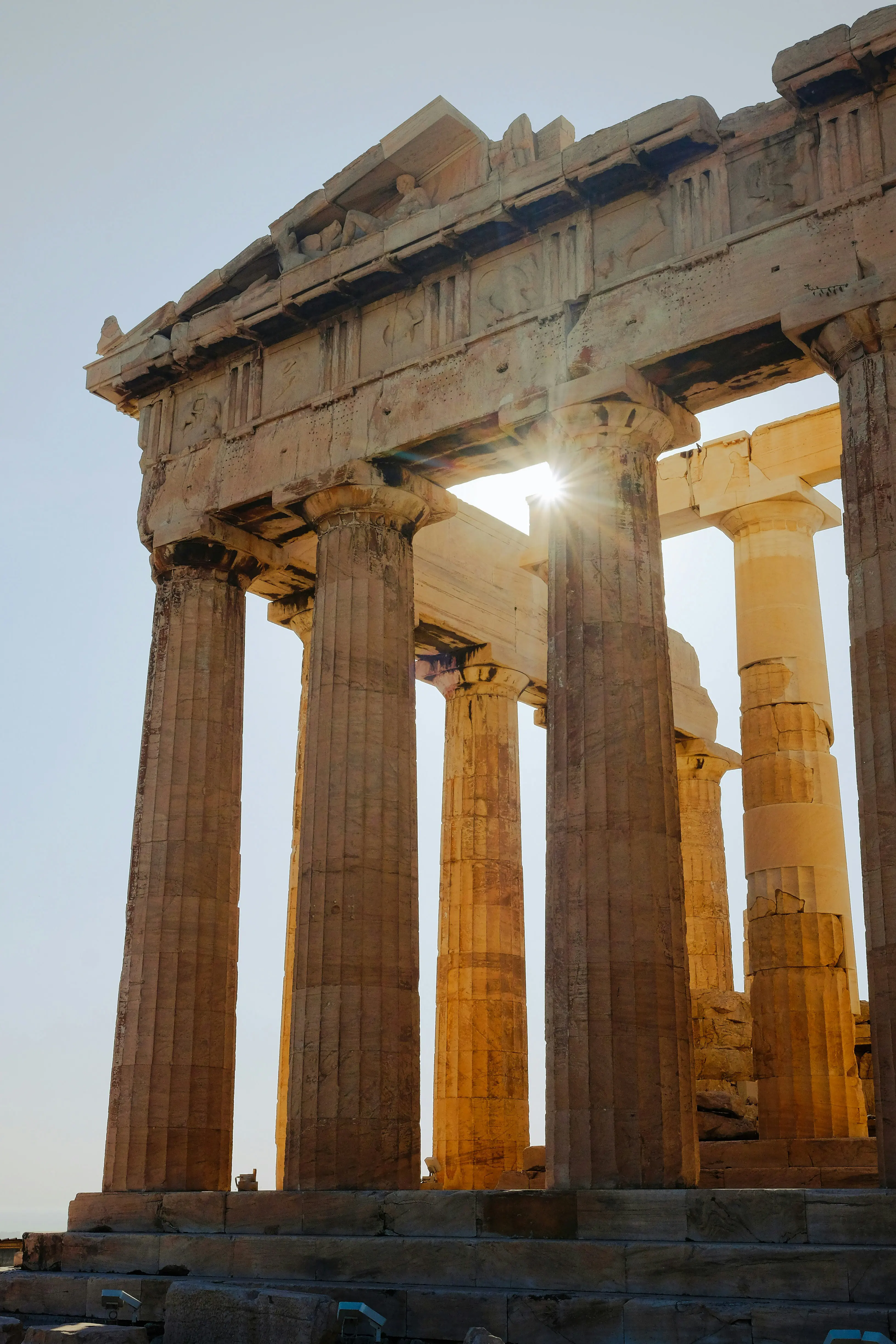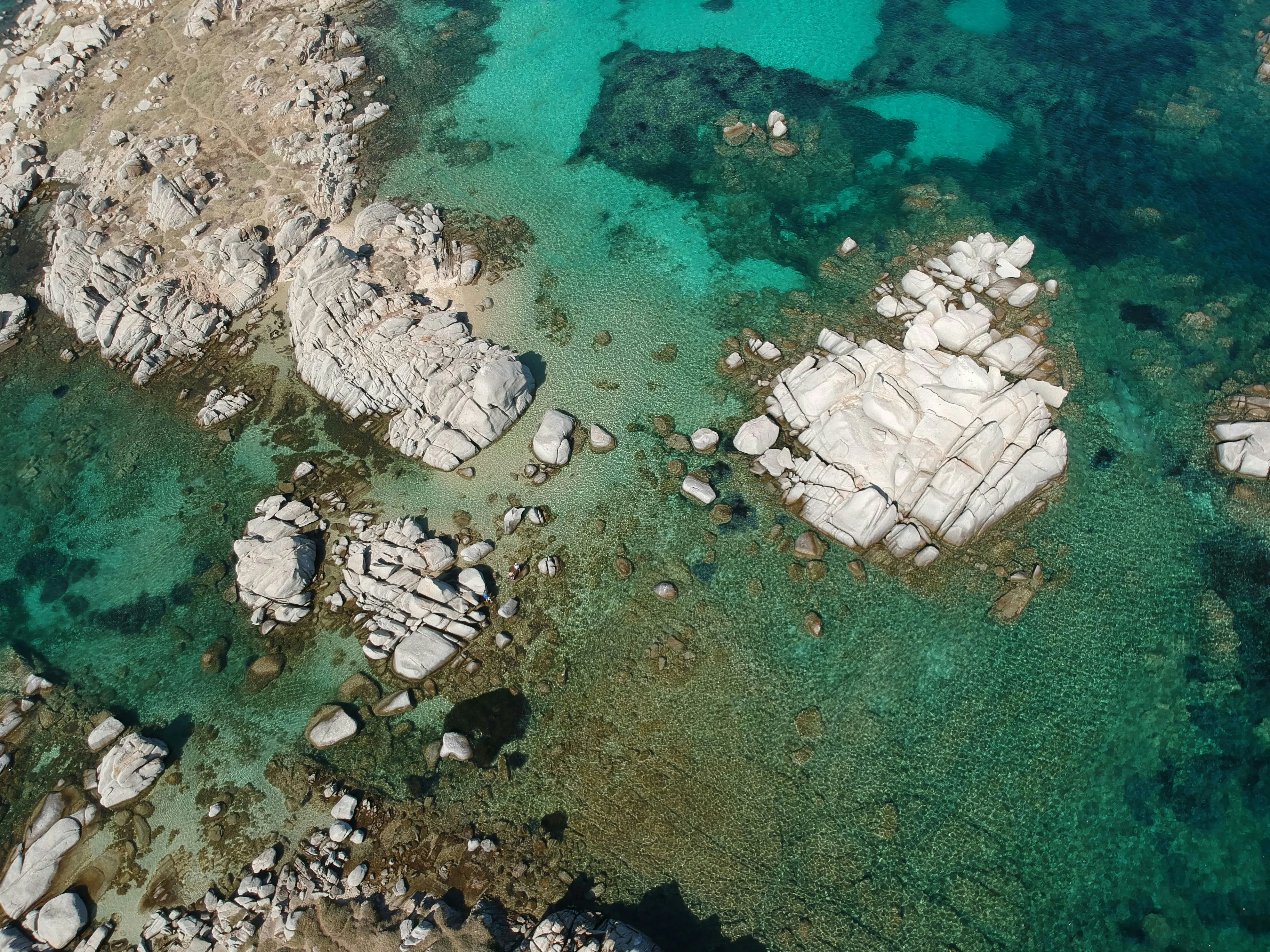Ancient Shakers: How Earthquakes And Tsunamis Shaped Greece And Rome

In the cradle of Western civilization, where myths and legends were born, a powerful force of nature also played a pivotal role in shaping history. Imagine standing in the bustling marketplaces of ancient Greece or Rome, when suddenly, the ground beneath you rumbles, and a massive wave crashes ashore. This wasn’t just the stuff of legends; it was a reality that people faced thousands of years ago.
Recent research delves into the impact of earthquakes and tsunamis on ancient Greek and Roman societies, revealing a history of destruction and resilience. These natural disasters were not only a test of human endurance but also a catalyst for societal change.
As the ancient historian Thucydides recorded, the impact of these events was profound: "The great mass of waters killed many thousands." Such catastrophic events were frequent enough to leave a significant mark on the cultures and infrastructure of these great civilizations.

One of the most notable earthquakes in the ancient world struck in 373 BCE, devastating the Greek city of Helike. The city was swallowed by the earth and submerged, becoming the Atlantis of its time. It wasn't until the 19th century that remnants of Helike were rediscovered, offering a glimpse into the past and a stark reminder of nature's power.
But it wasn't just the loss of life and architecture that defined these events. Earthquakes and tsunamis also influenced cultural narratives and political decisions. The unpredictability of such disasters often led to a sense of vulnerability and humility among ancient peoples. Temples crumbled, cities were abandoned, and new ones were built with lessons learned from past calamities.
Modern technology has allowed researchers to piece together this seismic puzzle, using geological and archaeological evidence to understand the frequency and magnitude of these disasters. It's a reminder of how interconnected human societies are with the environment, and how ancient peoples adapted to the challenges posed by their natural world.
While we may have advanced in our understanding and technological capabilities, the stories of ancient Greece and Rome remind us of the timeless dance between humanity and the Earth. The resilience of these civilizations in the face of such adversity is a testament to the enduring spirit of humanity.